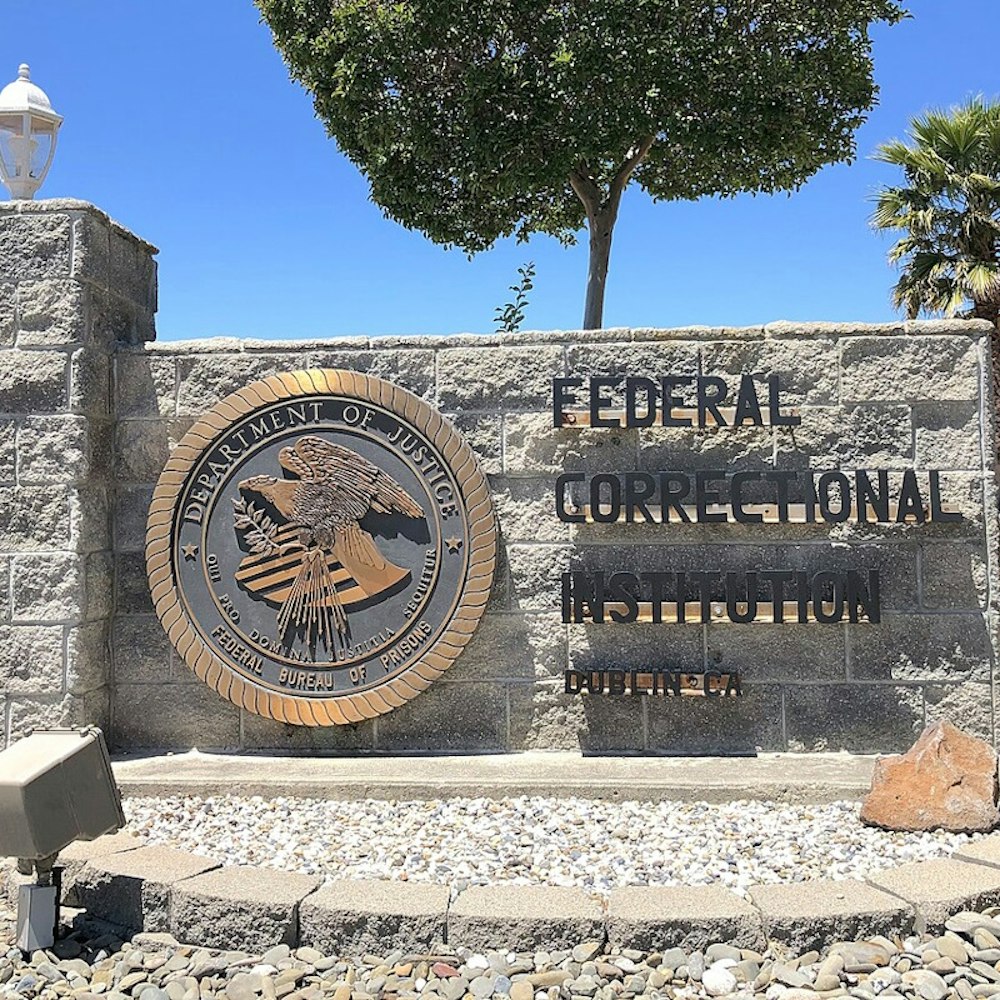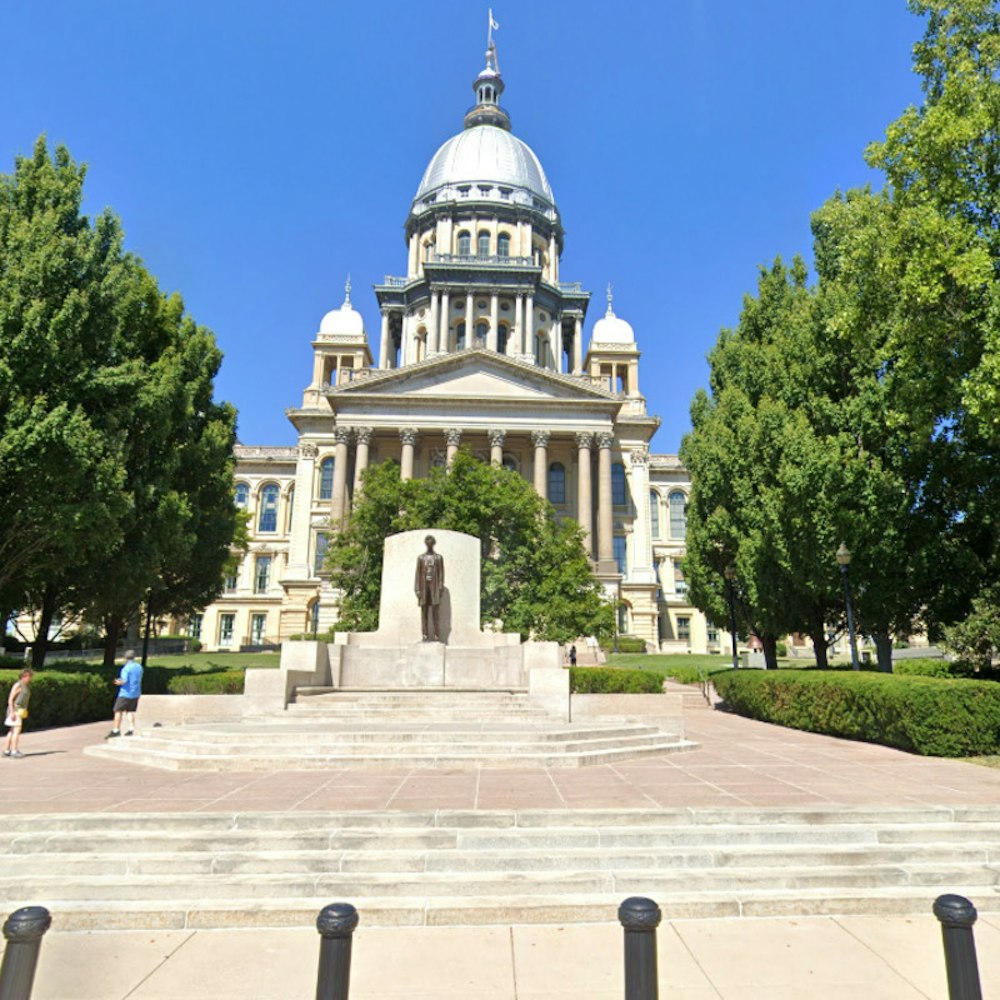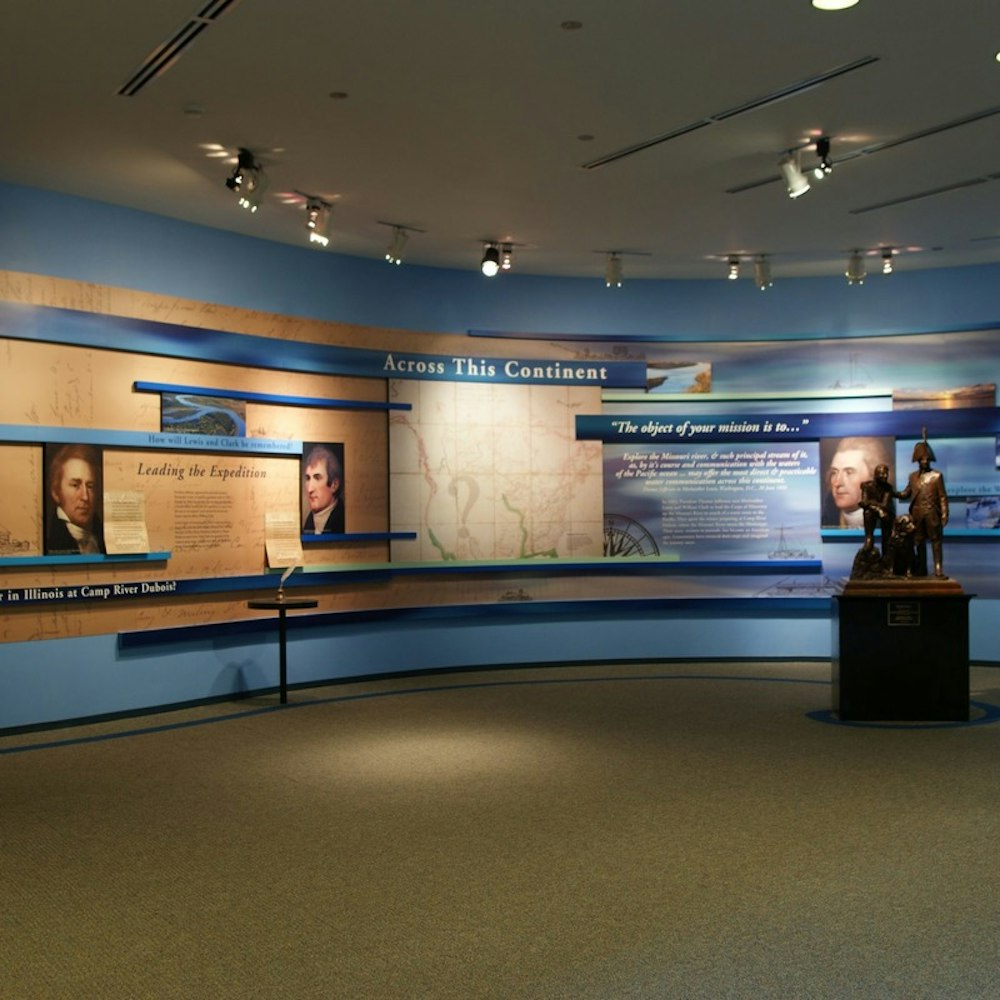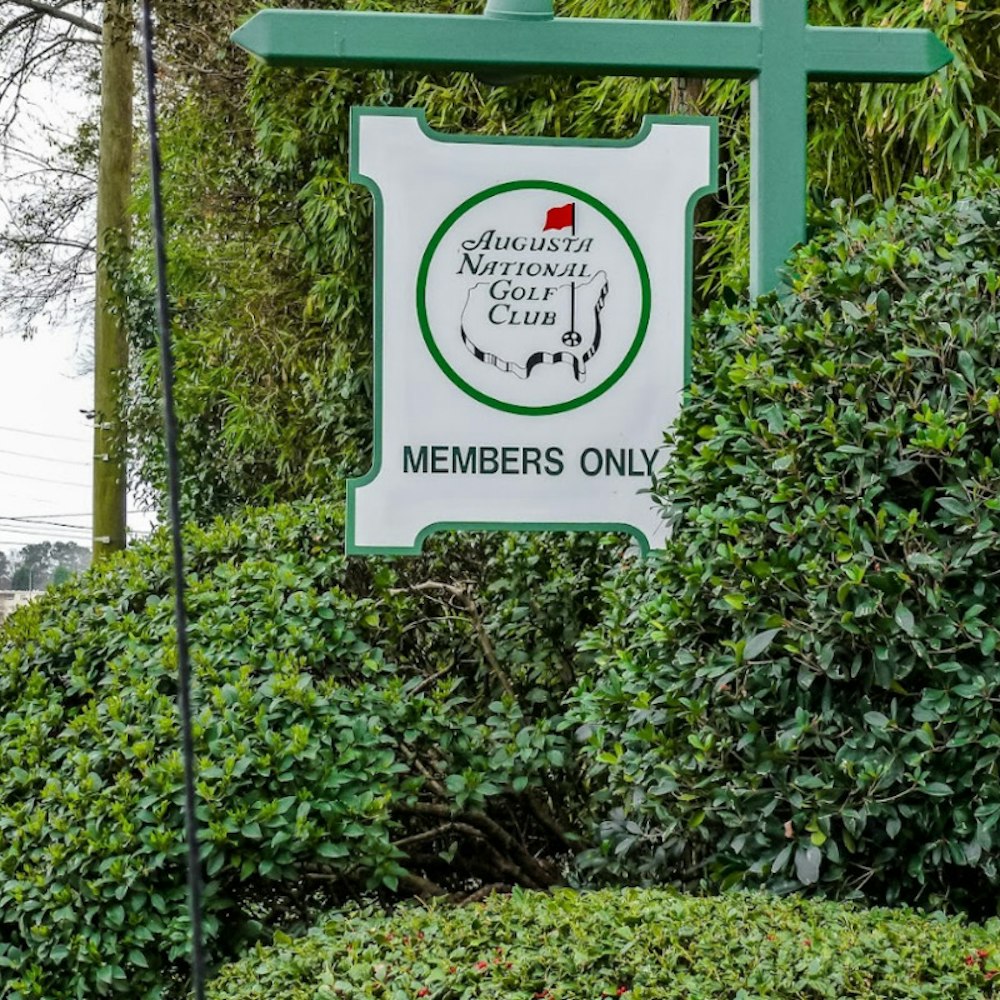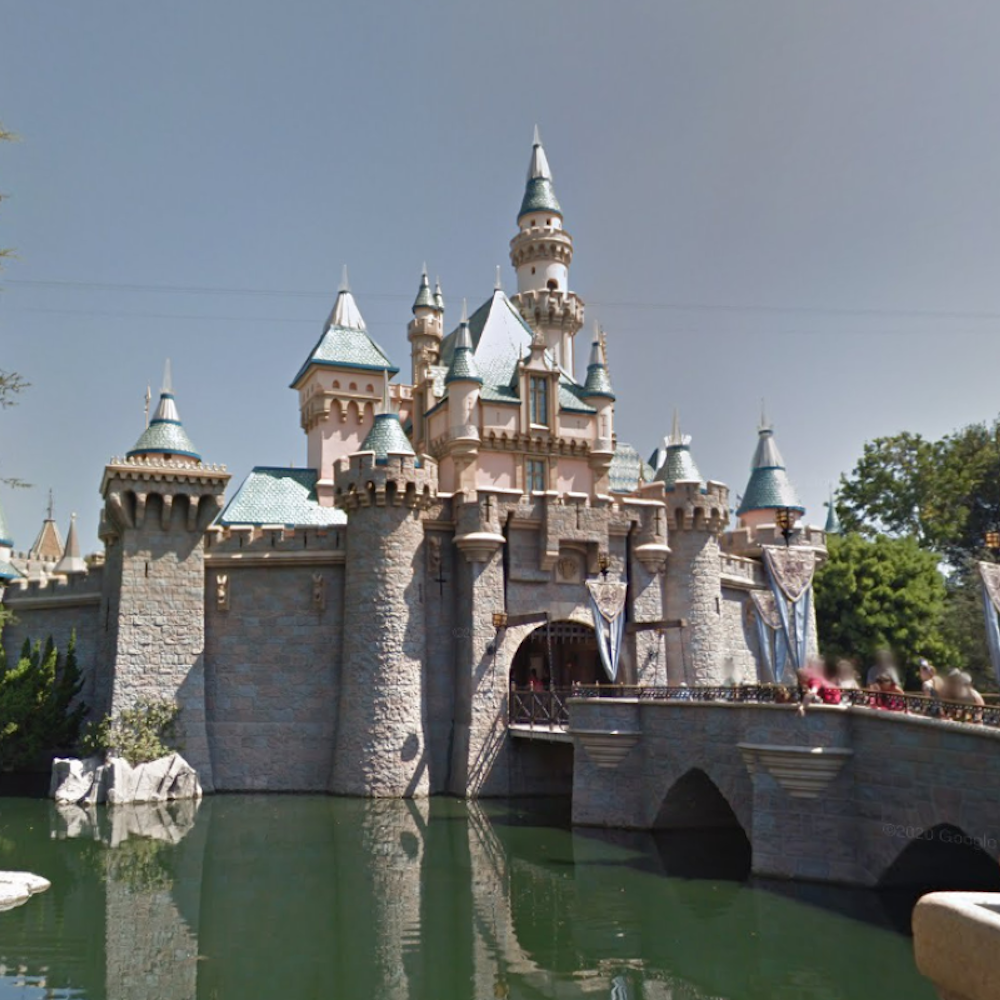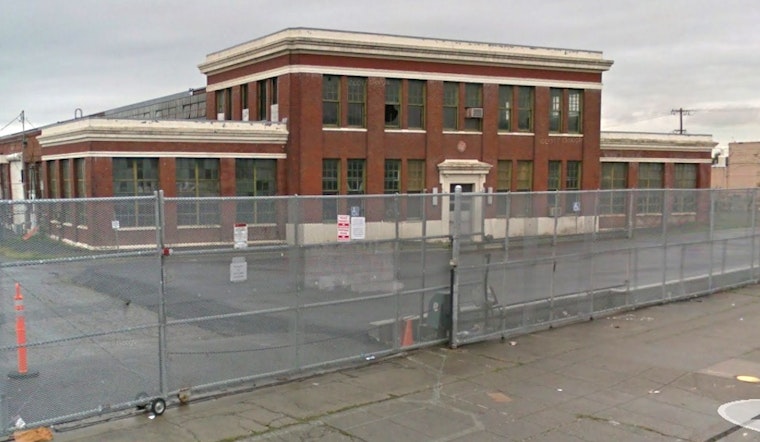
A manufacturing plant in East Oakland that General Electric was ordered to clean up in 1980 remains shuttered and toxic as city officials decide whether to allow the company to demolish the site’s historic — yet polluted and dilapidated — buildings.
If not for their history, GE might have razed every building on the 24-acre lot at 5441 International Blvd. years ago. The company applied for a demolition permit in 2011 after the city declared the site a public nuisance, but conferring historic status triggered a lengthy review process.
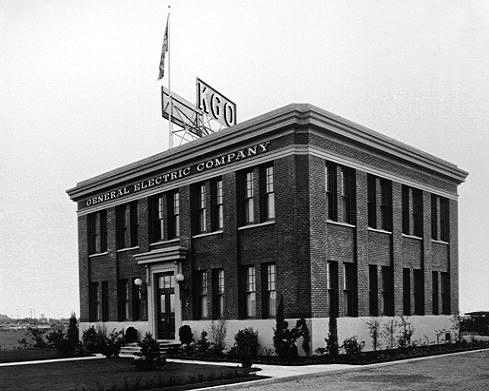
A draft Environmental Impact Report for the demolition was released in February. The city is accepting public comment on the report until April 11 and will consider a full demolition plan at a later date.
There were once 20 buildings on the site constructed between 1922 and 1975, but only eight remain, including one built in the early 1980s to house cleanup equipment. Two of the remaining buildings have historical significance, particularly a two-story brick structure facing International that was constructed in the 1920s to house radio station KGO.
The structure is rated as an historical building of highest importance because it's an early 20th-century utilitarian Georgian Revival factory building which reflects the city's industrial development. The Oakland Heritage Alliance, an architectural preservation group, would like to see the building saved.
After KGO moved to San Francisco, the building was used to manufacture transformers, and is now heavily contaminated with polychlorinated biphenyls or PCBs, a chemical once widely used as an electrical insulator and coolant that was banned in 1979.
"The fluids that were used in these transformers, they are all over the buildings,” said city planner Peterson Vollmann at a March 15 Planning Commission meeting. "The rehab cost is so high they won't be able to put it back into use."
But the Oakland Heritage Alliance argued in a letter submitted to the Planning Commission that GE should find a way to rehabilitate the buildings or come up with a plan to use the land after demolition. Some have suggested transforming the site into a solar farm or public park, but there has been no proposal submitted for that.
Others have also proposed radically transforming the facility; Lee Hovey, an environmental engineering major from UC Berkeley, drafted a plan for turning the site into a drone delivery depot that would become a hub for a fleet of autonomous vehicles. Hovey's plan calls for adding a public market space and auditorium.

Another GE property, a former lightbulb factory in West Oakland, was renovated into the Lampwork Lofts at 1614 Campbell St. That building also required remediation for asbestos and lead, but didn’t have the extensive PCB contamination found at the International Blvd. site.
Vollman said the draft report presented earlier this week only addressed the buildings' historic nature, and that a more comprehensive report will be completed in the future addressing what it might cost to clean up the buildings rather than destroy them.
The long delay between GE proposing the demolition and completing a draft impact review was because of “fits and starts and debate," he added.
Public comment on the draft EIR should be directed to Vollmann at [email protected].
